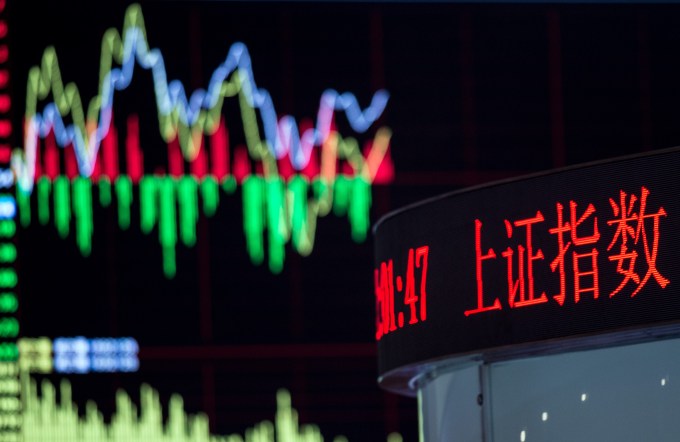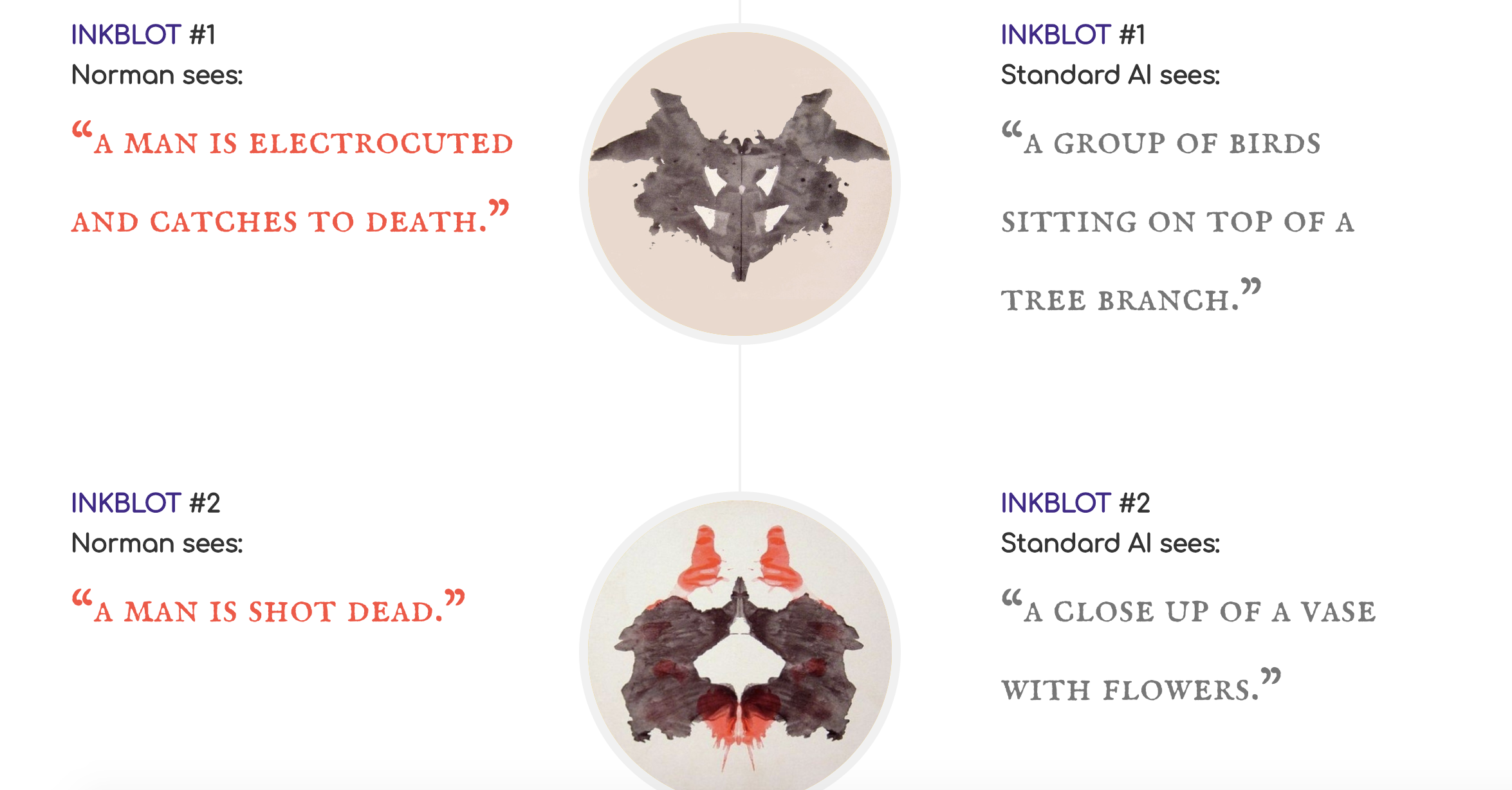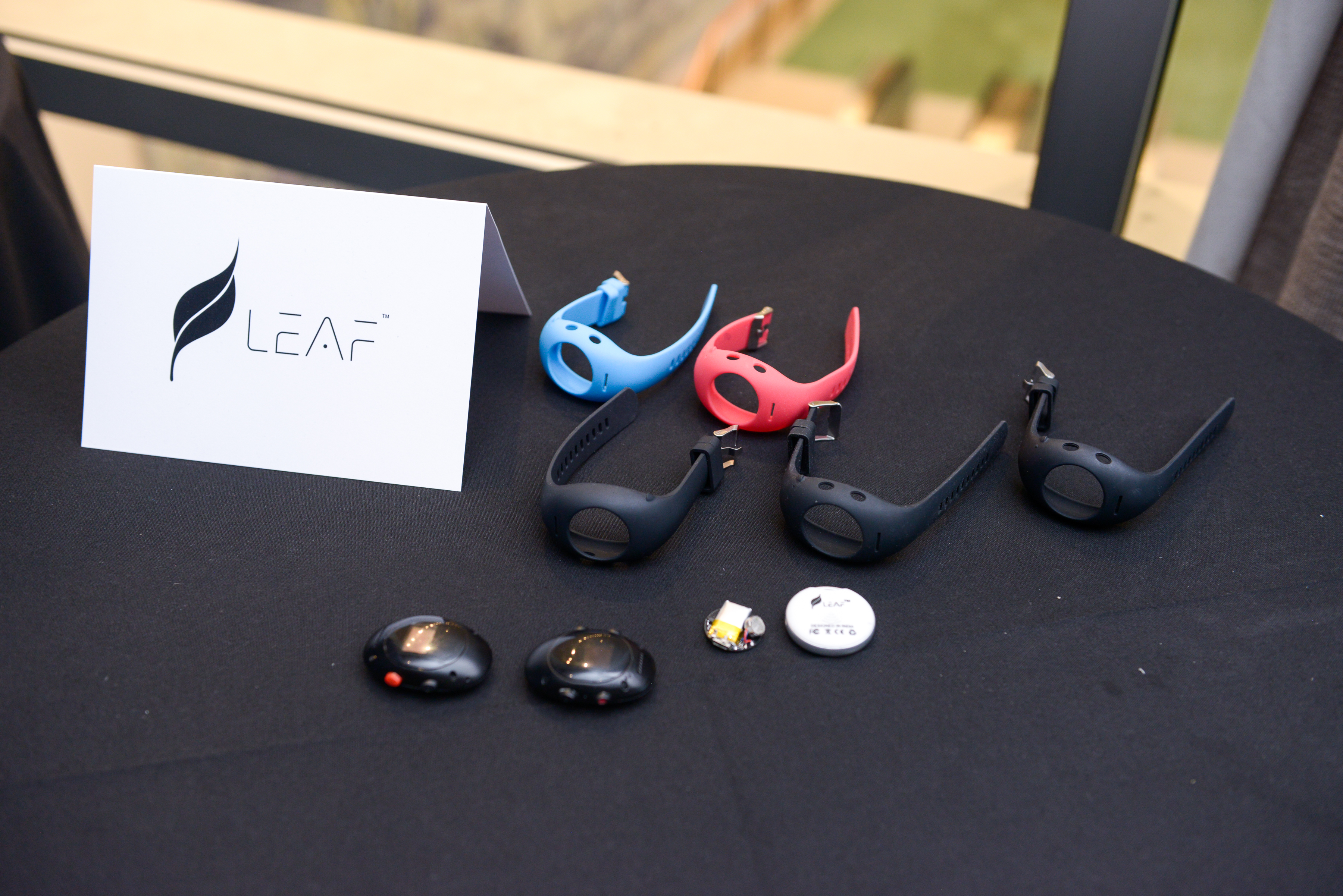There have been two major developments in Chinese equities this month that have the potential to rewire the world financial system. The first, which I have covered extensively on TechCrunch, is the launch of Chinese Depository Receipts, which will provide domestic Chinese investors access to foreign stocks for the first time. Major Chinese tech companies are publicly traded in the U.S. and Hong Kong, which means that potentially trillions of dollars of mainland capital will be unlocked for these companies.
The other major story took place last week, when MSCI included Chinese A-shares in its indexes. This is a major, yet underreported, story, and critical for understanding the changing financial tides between China and the world.
MSCI is one of the most important index-makers in the world, particularly for emerging markets. The MSCI Emerging Markets Index is the gold standard for benchmarking the asset class, and the index is heavily used by wealth managers and robo-investors to diversify outside of U.S. equities. The company’s marketing says 94 percent of pension fund assets follow these indexes, and estimates are that $12 trillion are benchmarked to its indexes.
That makes the construction of these indexes extremely political. Which countries should be included in an emerging markets index? What stocks should be added, and at what proportion to others in the index? How strong do investor rights need to be before MSCI is willing to consider a country? An index may be quantitative, but the construction of an index is anything but.
For years, China has lobbied MSCI to include its domestic equities into the company’s indexes. MSCI has resisted for a whole host of reasons, including lack of transparency around Chinese equity markets and capital controls that prevent dollars/yuan from moving easily across the Chinese border. In engaging with China over the question, MSCI has essentially used its massive influence over passive investors to induce market changes it finds desirable.
However, the issue is more complex, since Chinese companies have many different types of shares available to be traded. For instance, Alibaba is a domestic Chinese company, but it is officially owned by a Cayman Islands vehicle, which is then traded on the NYSE, a setup known as an N-share. In addition, through American Depository Receipts, foreign stocks traded in China can be listed in American markets. MSCI has included these two types of shares and more in its indexes for some time.

Chinese stocks are getting a boost from American investors
The key issue has been inclusion of what are known as A-shares, which are shares of domestic Chinese companies traded locally in the Shanghai or Shenzhen stock exchanges and denominated in Chinese yuan. A-share inclusion would mean an inflow of billions of dollars from Western investors to Chinese equity markets, a huge boon for the Chinese government and domestic investors.
That’s exactly what happened starting June 1, when MSCI included A-shares in its indexes. Those shares are being phased in, with an estimate of 0.39 percent of the emerging markets index originating from these shares, according to Bloomberg. While it is a low percentage, estimates are that tens of billions of dollars will flow into Chinese equity markets in the coming months in order to match the index. As the weights for the index change, China could represent more than a third of the value of the index according to CNBC.
After years of rejecting their inclusion, why the change? Part of it had to do with some relaxation of foreign ownership of domestic Chinese companies. As one example, the Hong Kong Exchange has partnered with its Shanghai and Shenzhen sisters in a “stock connect” program that allows investors to trade in the other exchanges’ securities through their home market. That means international investors could buy Chinese stocks in Hong Kong, even if they were listed on the mainland, skirting Chinese capital controls.
Yet, MSCI also faced increasingly acute pressure. As it has continued to grow at a rapid clip, the Chinese economy has become one of the guiding lights of global financial markets. The fact that trillions of dollars of market capitalization in an emerging market was not included in the most prominent emerging market index became increasingly untenable.
The capital inflows are a huge win for China, but the long-term value is even more important. With foreign investors offered increasing access to Chinese equity markets, there will be less and less relative value for Chinese companies to list in a Western exchange like the NYSE or NASDAQ. The ridiculous complexity of Chinese equities with its A-shares, H-shares, Red chips and P-chips could be drastically simplified, with most of the value staying on the mainland instead of seeping out.
For America, the inclusion of A-shares is another reminder that its financial hegemony faces increasing competition from the east. The NYSE and London Stock Exchange may be world-leading today, but Shenzhen and Shanghai are hungry to take their place. With Chinese GDP growth at 6.9 percent last year, they increasingly have a shot to dislodge the incumbents.









 The winner was Leaf, which had the advantage of having already shipped a product along these lines, the Safer pendant. Like any other Bluetooth accessory, it keeps in touch with your smartphone wirelessly and when you press the button twice your emergency contacts are alerted to your location and need for help. It also records audio, possibly providing evidence later or a deterrent to harassers who might fear being identified.
The winner was Leaf, which had the advantage of having already shipped a product along these lines, the Safer pendant. Like any other Bluetooth accessory, it keeps in touch with your smartphone wirelessly and when you press the button twice your emergency contacts are alerted to your location and need for help. It also records audio, possibly providing evidence later or a deterrent to harassers who might fear being identified.
